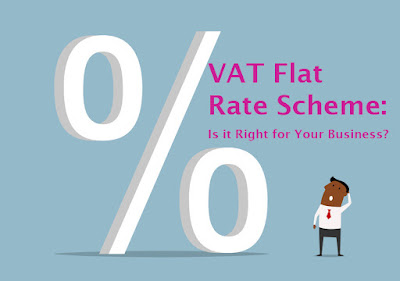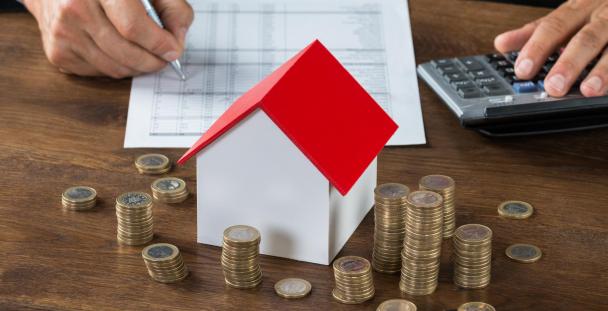VAT Flat rate scheme – is it for me?

The VAT flat rate scheme is an optional simplified accounting scheme for small businesses. The scheme is available to businesses that are eligible to be registered for VAT and whose taxable turnover (excluding VAT) in the next year will be £150,000 or less. Once in the scheme, a business can remain in it as long as its taxable turnover for the current year is not more than £230,000. The flat rate scheme is designed to simplify the recording of sales and purchases. Under the scheme, a business works out the VAT that it is required to pay ove r to HMRC by applying a flat rate percentage to its gross (VAT-inclusive) turnover. The flat rate percentage depends on the type of business. The percentages for each business sector can be found on the gov.uk website at www.gov.uk/vat-flat-rate-scheme/how-much-you-pay . The percentages are all less than the standard rate of VAT of 20%, reflecting the VAT that would be recovered on purchases. Example Jack is registered for the fla

